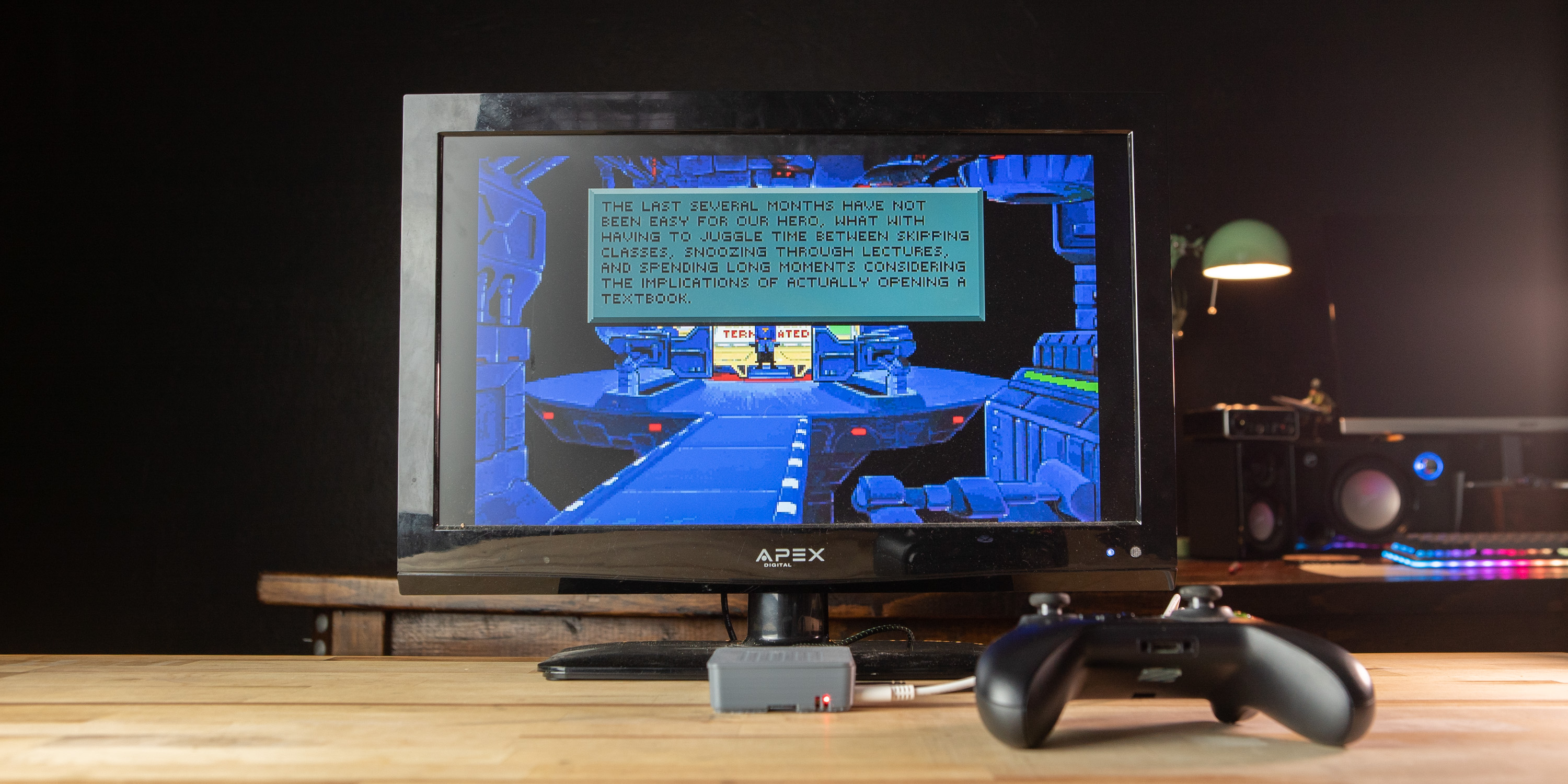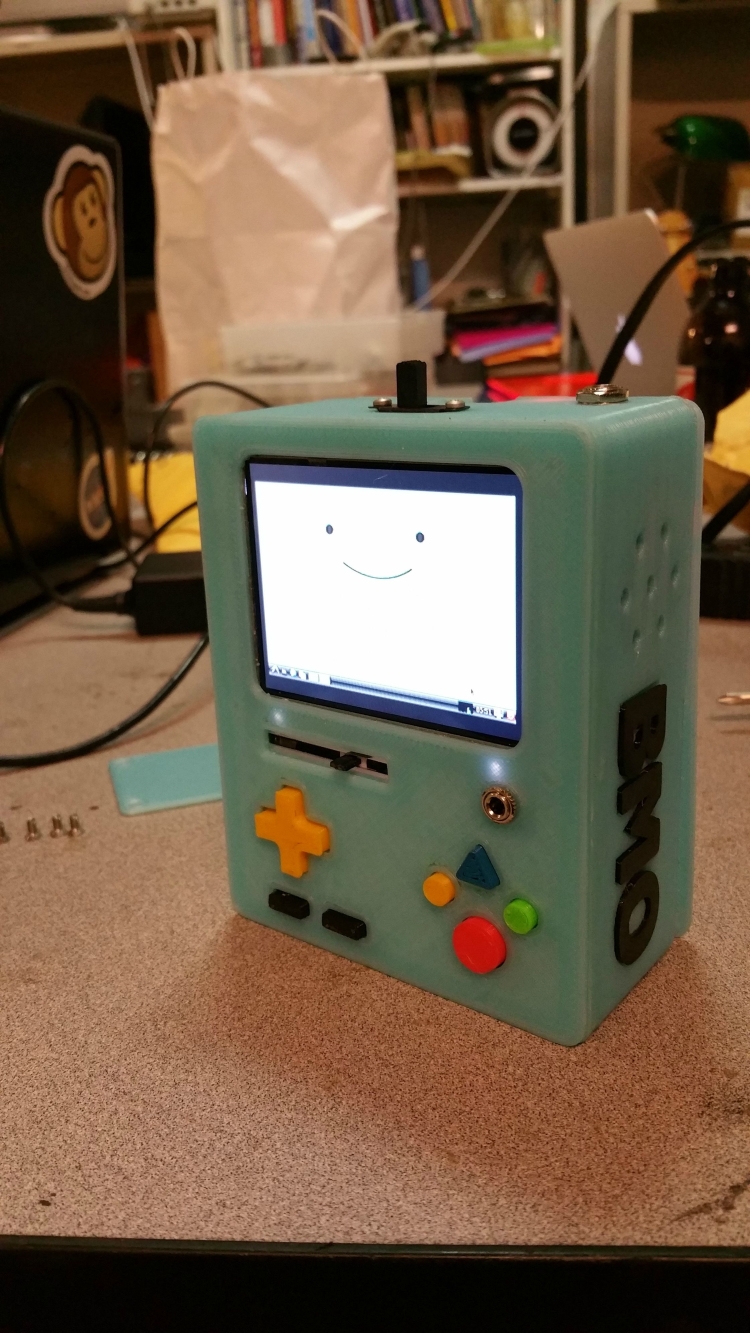

- #Raspberry pi multi console emulator portable serial
- #Raspberry pi multi console emulator portable portable
- #Raspberry pi multi console emulator portable software
force_turbo=1 is also set (in /boot/config.txt) in which case.this slows the operation of the VPU unless.is required to enable UART1 (Mini UART) to work properly but.the VPU core clock is locked 250MHz which.assert enable_uart=1 in /boot/config.txt.
#Raspberry pi multi console emulator portable serial

On the top there are two buttons, one is for adjusting the screen brightness, and the other is for shuting down the system. I tried to make it as small and thin as I could, but still keep it comfortable to hold for many hours of gaming. My design inspirations I got from many different sources, not only gaming hardware. For the buttons and the d-pad I use soft tactile switches, in order to get the same feel most game controllers have. I also had to include an amplifier board to power the speakers. To improve the audio quality on the Raspberry Pi, I included an USB DAC(16 Bit, 48 kHz). But I chose the LG, even though it was more expensive, because it was brighter and had much better colour rendition than the other displays. I found many other displays with the size and aspect ratio I wanted. I use a 7.9-inch LG display, the same model you find in an iPad mini 3. And has low power consumption, but still powerful enough to emulate most systems.
#Raspberry pi multi console emulator portable software
It has great software support and it's compatible with many different emulators. I chose the Raspberry Pi because of several reasons.

#Raspberry pi multi console emulator portable portable
The goal was to create a portable console with a big display, that was both functional and aesthetically pleasing. With a 3D-printer, Raspberry Pi, iPad mini 3 display and some other parts and circuit boards, I was able to build this prototype of the portable retro game console that I wanted.


 0 kommentar(er)
0 kommentar(er)
